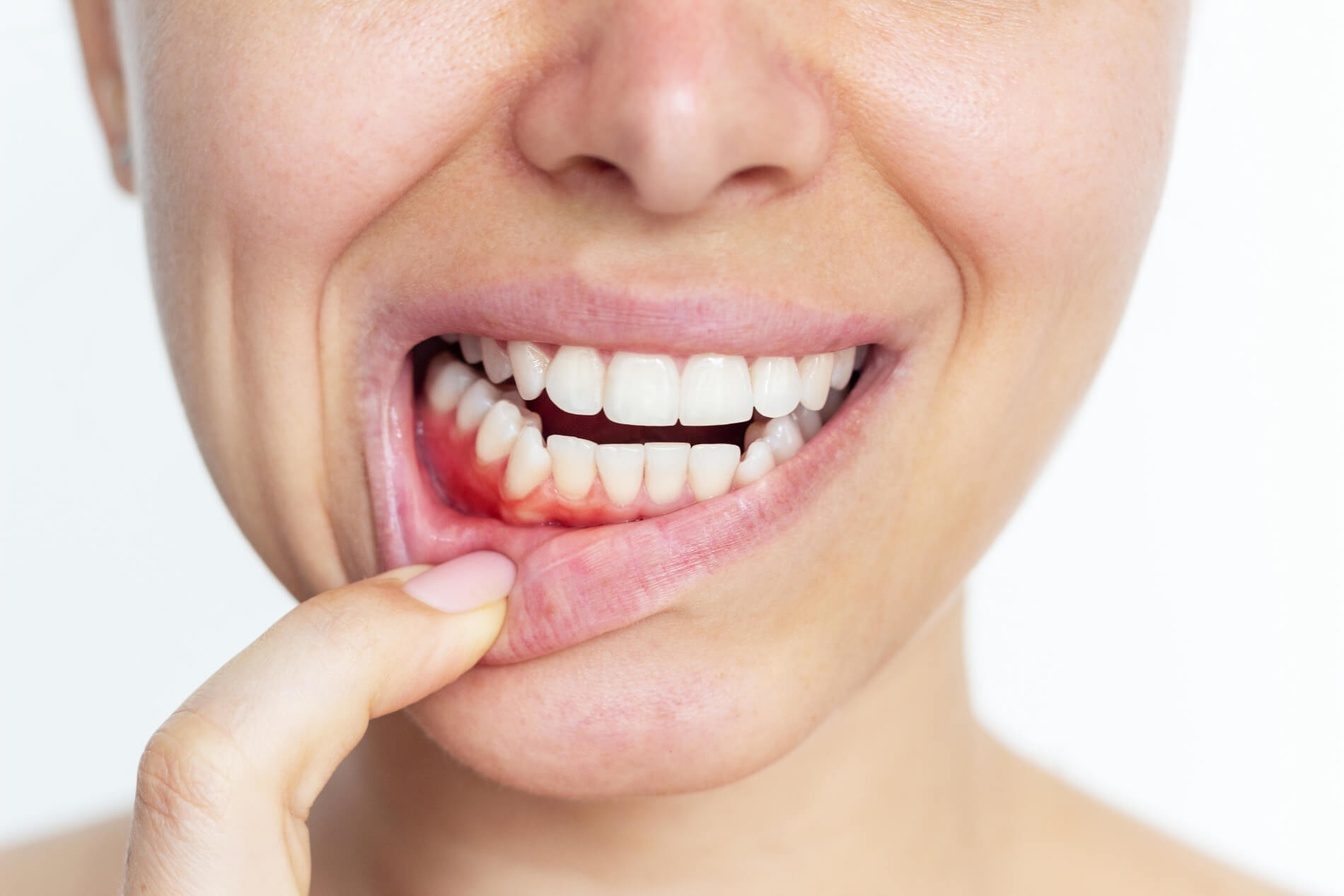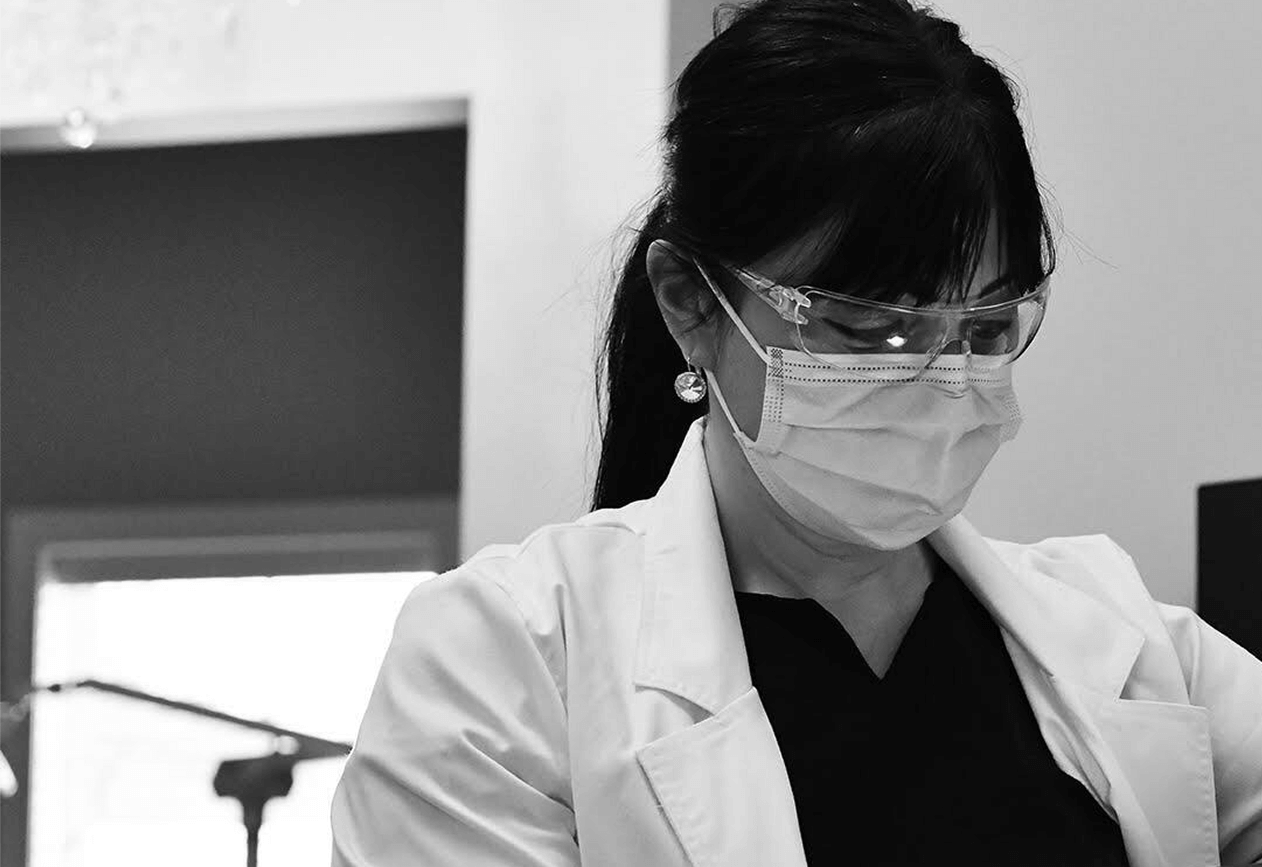What Is Gingivitis?
Understanding Gingivitis: Symptoms, Treatment & Prevention
Gingivitis affects nearly half of all adults over 30, about 42% to be exact, yet many people don’t realize they have this common gum condition until it progresses to more serious stages. The good news? Gingivitis is completely reversible when caught early and treated properly.
At Experience Dentistry, we see patients every day who could have avoided painful and costly dental procedures if they had received early detection and treatment for gingivitis. This comprehensive guide will help you understand what gingivitis is, recognize the warning signs, and learn how our personalized approach can restore your gum health.
Whether you’ve noticed bleeding gums during brushing or want to prevent gum disease altogether, understanding gingivitis is your first step toward maintaining optimal oral health for life.
What is Gingivitis?
Gingivitis represents the mildest form of gum disease, characterized by inflammation of the gums surrounding your teeth. This condition occurs when bacteria in plaque irritate and inflame the gum tissue, causing the classic gingivitis symptoms that many patients experience.
Unlike more advanced forms of periodontal disease, gingivitis affects only the gums and hasn’t yet damaged the deeper tissues that hold your teeth in place. This makes early intervention crucial — and highly effective.
Why Treating Gingivitis Matters
Left untreated, gingivitis can progress to periodontitis, a severe condition that destroys the tissues and bone supporting your teeth. Once periodontitis develops, the damage becomes irreversible and can lead to tooth loss.
Early gingivitis treatment not only prevents this progression but can also completely restore your gum health. The sooner you address the condition, the simpler and more affordable your treatment will be.
Causes and Symptoms of Gingivitis
Plaque and Tartar Buildup
The primary culprit behind gingivitis disease is plaque — a sticky film of bacteria that constantly forms on your teeth. When plaque isn’t removed through proper brushing and flossing, it hardens into tartar, which can only be removed by a dental professional.
This hardened tartar continues to irritate your gums, creating the perfect environment for bacteria to thrive and inflammation to worsen.
Poor Oral Hygiene Habits
Inadequate brushing and flossing allow plaque to accumulate along the gumline. Many patients brush regularly but miss key areas where plaque tends to build up, particularly between teeth and along the back molars.
Even small gaps in your oral hygiene routine can provide enough time for harmful bacteria to establish themselves and begin the inflammatory process.
Additional Risk Factors
Several factors can increase your susceptibility to gingivitis:
- Hormonal changes during pregnancy, menopause, or puberty
- Certain medications that reduce saliva flow or cause gum overgrowth
- Smoking or tobacco use, which impairs gum tissue healing
- Systemic diseases like diabetes that affect your body’s ability to fight infection
- Nutritional deficiencies, particularly vitamin C deficiency
- Genetics and family history of gum disease
Recognizing Gingivitis Symptoms
Early detection relies on recognizing these common gingivitis symptoms:
- Red, swollen, or tender gums
- Gums that bleed easily during brushing or flossing
- Persistent bad breath (halitosis)
- Gums that appear to be pulling away from teeth
- Changes in how your teeth fit together when biting
Many patients dismiss minor bleeding as normal, but healthy gums should never bleed during routine oral care.
Experience Dentistry’s Approach to Gingivitis Treatment
At Experience Dentistry, we believe that “Experience Matters, Experience the Difference.” Our personalized approach to gingivitis treatment begins with understanding your unique oral health needs and lifestyle factors.
Dr. Jeanette Linskey-Sanders starts every gingivitis treatment with thorough initial consultations, exams, and X-rays. This comprehensive evaluation allows us to:
- Assess the extent of gum inflammation
- Identify underlying causes specific to your case
- Check for signs of progression to periodontitis
- Develop a personalized treatment plan tailored to your needs
No two cases of gingivitis are identical. Your treatment plan takes into account your medical history, current medications, lifestyle habits, and personal goals for oral health. This individualized approach ensures the most effective treatment while addressing any factors that may have contributed to your condition.
Prevention and Maintenance
Proper Brushing and Flossing Techniques
Effective gingivitis prevention starts with proper oral hygiene techniques. We’ll detail the most effective brushing methods for your specific needs, including:
- Using fluoride toothpaste and a soft-bristle toothbrush
- Brushing for at least two minutes, twice daily
- Angling the toothbrush at 45 degrees to the gumline
- Using gentle, circular motions rather than aggressive scrubbing
Daily flossing removes plaque from between teeth where toothbrushes cannot reach. We’ll show you proper flossing technique and may recommend alternative interdental cleaning tools if traditional floss proves difficult to use.
Regular Dental Check-ups
Professional cleanings every six months — or more frequently if recommended — remove tartar buildup and allow early detection of any recurring gingivitis symptoms. These regular visits are essential for maintaining the results of your gingivitis treatment.
Lifestyle Adjustments
Supporting your oral health extends beyond brushing and flossing:
- Quit smoking or tobacco use
- Maintain a balanced diet rich in vitamins and minerals
- Stay hydrated to support healthy saliva production
- Manage stress, which can affect your immune system’s ability to fight infection
- Control underlying health conditions like diabetes
Restore Your Gum Health Today
Early detection and treatment of gingivitis can save you from more extensive dental procedures and help you maintain your natural teeth for life. The inflammation and discomfort of gingivitis don’t have to become a permanent part of your daily experience.
At Experience Dentistry, Dr. Jeanette Linskey-Sanders and our experienced team are committed to helping patients of all ages achieve their best smiles through personalized care and comprehensive treatment options.
Don’t wait for gingivitis symptoms to worsen. Schedule your consultation today to develop a treatment plan that addresses your specific needs and gets your oral health back on track. Contact Experience Dentistry to take the first step toward healthier gums and a confident smile.




